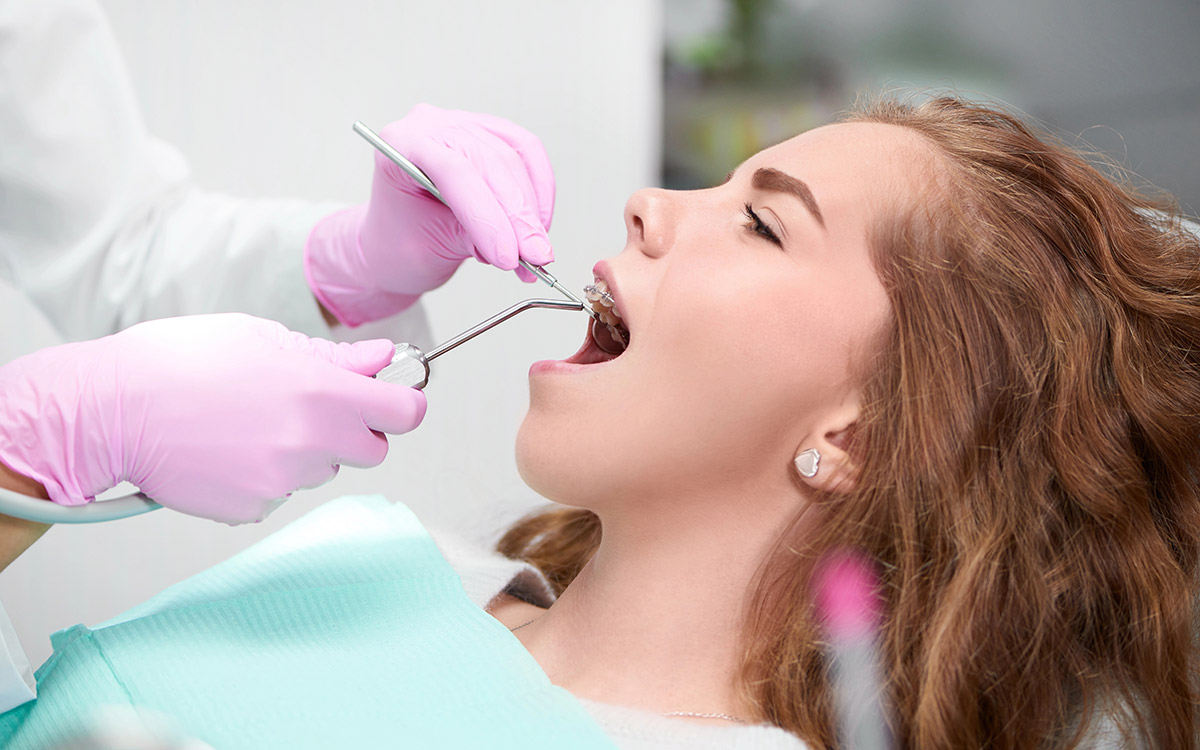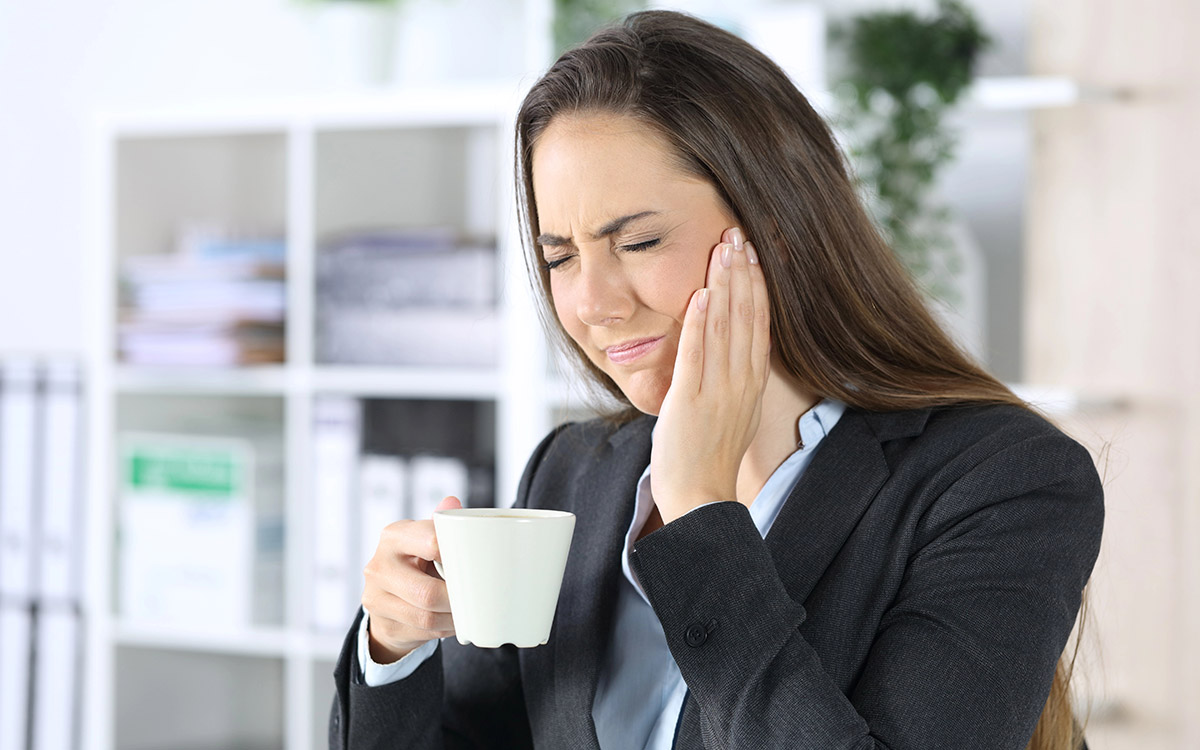A filling is an essential dental procedure that repairs minor fractures or decay in the teeth. Most Americans have undergone this procedure at least once.
It is a relatively painless and straightforward procedure that helps one improve their tooth’s structural integrity and preserve their best smile. Furthermore, a filling requires minimal aftercare.
But the most challenging part of aftercare and returning to everyday life is determining what you can and cannot eat after a filling. Many people find it difficult to select a suitable food that will not cause pain and irritation.
Some foods are safe, barely triggering teeth sensitivity issues; hence your new filling should remain damage-free. However, others could have you driving back to the dental office for repairs and other services.
What Affects Eating After a Filling?
Several variables affect eating post-filling. These include:
Wait Time
The time you need to wait before taking your first meal after a filling is different depending on the filling you get.
- Composite (colored/white-tooth) filling: This type of filling hardens immediately after your dentist places a blue UV light on your tooth. You can often take your first meal immediately after leaving the dentist’s office. But most dentists may recommend waiting for at least 2 hours if you are still numb.
- Amalgam (silver) filling: An amalgam filling takes roughly 24 hours to harden completely and attain maximum strength. With this filling, dentists recommend waiting for at least 24 hours before you can chew on the affected part of your mouth.
Heightened Sensitivity
Your teeth can be sensitive to cold or heat a few days or weeks after a dental filling. In this case, the dental practitioner will advise you to avoid cold or hot food or beverages. If sensitivity persists, talk to your dentist.
Gum Tissue Discomfort
During filling, the gum tissue near the filled tooth can sustain irritation, leading to soreness. This can affect your ability and comfort to chew using that side of the mouth for some time. Usually, dentists advise rinsing with warm salt water to help you remedy the discomfort.
Anesthesia
The local anesthetic your dentist administers to alleviate pain during the procedure will determine how long you should stay away from certain foods. Eating before the numbing agent wears off can result in an unintentional injury from biting your lips, cheeks, or tongue. Numbing wears off after 1 to 3 hours, so always wait.
Foods To Eat After a Filling
After a filling, the goal is to find foods that go down easy with little to no chewing. The following are the best foods to consume after the procedure:
Well-Cooked Fruits and Vegetables
Your gum may be sensitive after filling. Crunchy or hard foods can dislodge or irritate the new filling.
Although cooked vegetables and fruits need some chewing, they are easy to consume due to their soft texture. They will not cause damage or pain. If you are sensitive, apple sauce or mashed banana can also be a clever way to enjoy your food without discomfort.
Protein Shakes and Smoothies
Preparing a delicious smoothie is another better way to enjoy a great meal after a filling. This will satisfy your carb and sweet tooth cravings while reducing the discomfort and stress of your new filling.
If you do not enjoy smoothies, you can opt for protein shakes as an alternative for nutrition and hunger.
Dairy Products
Dairy products are easy to chew and bite. They are also nutritious food items because they are rich in calcium which is good for your teeth and gums. Milk, cottage cheese, and yogurt can be added to other food items for extra flavor or taken solely.
Soup
Even though it does not carry the most praise, soup can be a delightful way to make the most of your meals after a filling. The best thing about soup is that it does not require chewing. You can spice it up with your preferred ingredients to suit your taste and flavor.
What To Avoid
After a filling, dentists recommend avoiding hard, sticky, very cold, or hot foods. Because your teeth are still recovering, ingesting these food items can result in pain or initiate other dental problems. They can also dislodge your filling, which will require another dental visit.
To avoid these problems, avoid foods like hard bread, candies, granola, chips, peanuts, caramel, sticky candies, popcorn, soda, and other foods that can stress your filling.
Best Care Tips for Filling
Fillings should last a prolonged period, but not forever. Besides eating the right foods, you can also boost their longevity with good filling care practices. Start with these tips:
- Be Mindful of Any Pain: After a filling, it is common to feel some mild pain or tooth sensitivity next to where the anesthetic was injected. If the pain continues for more than seven days, contact your dentist.
- Examine Your Bite: Some fillings (like metal ones) take longer to settle in. Therefore, check and ensure an even bite. If your filled teeth feel more elevated than the others, visit your dentist to fix the placement.
- Maintain Proper Hygiene: Keeping your teeth clean will make fillings last longer. Brush your teeth twice a day using fluoride toothpaste. You can also rinse with mouthwash or floss at least once daily to reduce bacteria and plaque.
- Drink Water: Water can help prevent dry mouth and bacterial infections. Therefore, drink plenty of water as you recover, at a temperature that does not make you experience discomfort.
Talk to Professionals
We hope our recommendations go a long way to helping you make the right choices on what to consume and what to avoid post-filling.
If you are looking for a tooth-filling treatment or have any concerns about your dental health, examine your choices wisely.
At All About Smile Dental Group, we are committed to providing the highest quality specialty and general cosmetic dentistry to patients of all ages and helping them exude confidence through a fantastic smile.
Contact us today to book an appointment!







